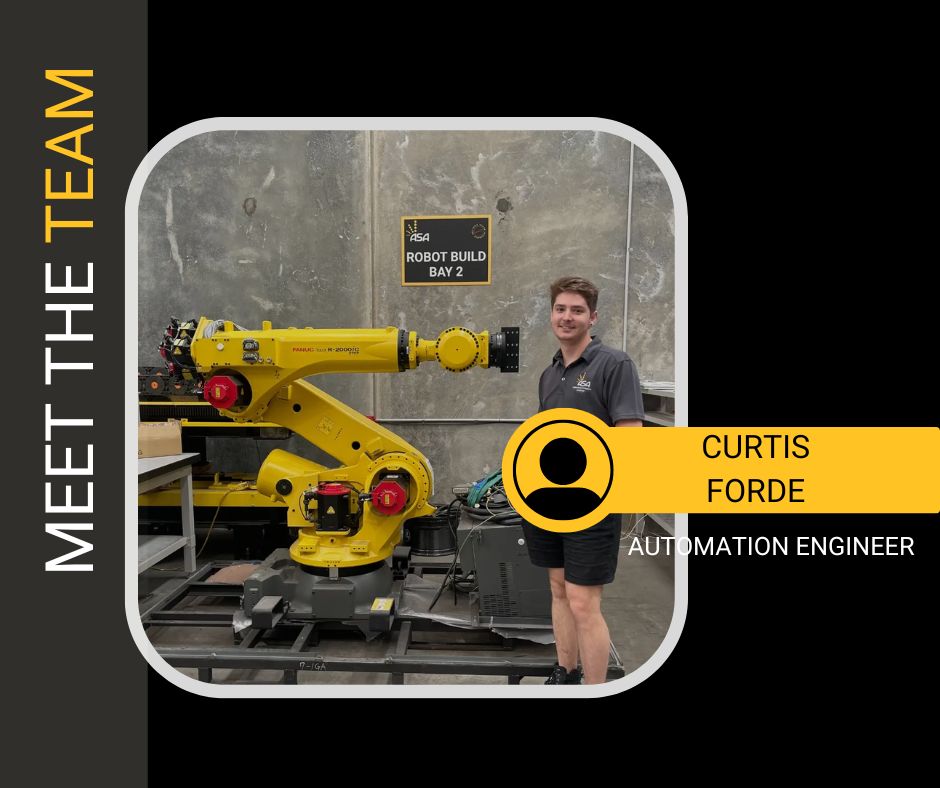The development of robotic arms has revolutionized the manufacturing process by mixing safety, precision, effectiveness, and other aspects that were previously impossible. These mechanical marvels, often called robot arms, are indispensable in industries worldwide driven by the urgent necessity to cut operating costs while maintaining the highest standards of quality. Incorporating robotic arms into the manufacturing lines allows manufacturers to not just cut costs, but also enhance worker safety and efficiency. We’ll examine how these cutting-edge machines can transform the way that industrial processes operate.

Image credit: automatedsolutions.com.au
Cost efficiency is the primary factor behind robot arms’ widespread use. The pressure on factories to reduce production mistakes, material waste and workplace injuries is never-ending. Robotic arms are able to tackle these challenges. Robot arms eliminate costly mistakes and minimize the use of raw materials through performing repetitive tasks more precisely than human beings. Robotic arms are employed in large-scale industries such as the automotive industry, to ensure an exact assembly. This ensures significant savings since fewer imperfections will mean less rework, wasted and rework.
The security of robot arms is also an essential element. Human workers are at risk while performing various manufacturing tasks, such as dealing with dangerous materials or operating machinery that is heavy. By utilizing robot arms companies can eliminate workers from dangerous areas. This minimizes the possibility of workplace injury. Robotic arms, designed as a chain of joints that move, can replicate the functions of human arms, without causing physical harm. The machines are fitted with robotic hands, or end-effectors that can be programmed. They are able to perform tasks such as grasping, spinning and welding under conditions that make it dangerous for humans.
The versatility of robotic arms makes them a game-changer across diverse industries. Robots can be adapted to numerous tasks, from automotive assembly to electronic production. The ability to program these arms enables them to carry out difficult tasks such as painting or applying fiberglass with an unparalleled level of accuracy. In the field of warehousing, robot arms have revolutionized palletizing, automating the process of loading products onto pallets with accuracy and speed. Automation not only improves efficiency, but also reliability as robot arms are able to perform their work without fatigue.
The growth of cobots (collaborative robots) that work with human employees is one of the most exciting innovations in this area. Cobots with robotic arms, unlike conventional industrial robots that are kept in isolated cells, are designed to work with humans in a safe and seamlessly. The robotic hand of a cobot is able to do the heavy lifting and repetitive tasks in factories, so that workers can be freed to focus on more difficult tasks. This type of collaboration boosts productivity and creates a safer workplace, since cobots can be programmed to change or stop their movement when the person in front of them is.
Robotic arms have an enormous influence on the modern production, and not only in terms of safety and efficiency. They are vital to industries that require high precision in tasks such as welding, assembly or even material handling. For instance, in automotive production, a robotic arm is able to rotate and move parts during assembly, ensuring an exact alignment with no human intervention. In electronics, robots are employed to manage delicate components, which decreases damages and improves the quality of output.
As industries continue to develop as they continue to evolve, the significance of robotic arms will only increase. They’re an integral part of the future of manufacturing due to their capacity to reduce costs, improve security, and adjust to various tasks. Utilizing cutting-edge technology and human ingenuity, robot arms are more than just tools. They’re partners in innovations, changing the way we build our world.
